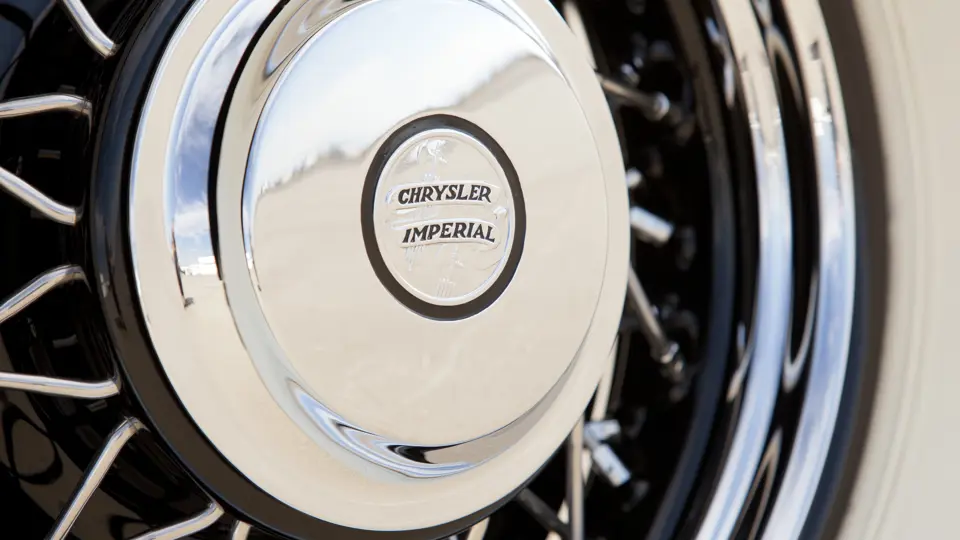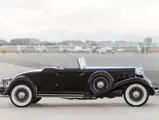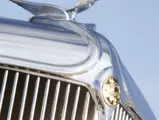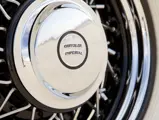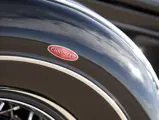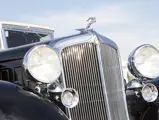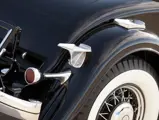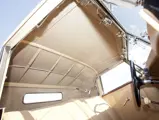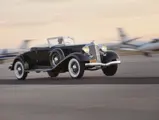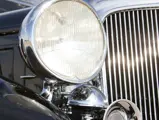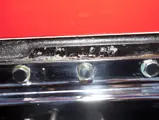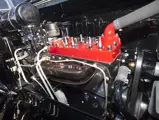135 hp, 384.8 cu. in. inline eight-cylinder engine, four-speed synchromesh transmission, front leaf spring and beam axle suspension, rear leaf spring and live axle suspension, and four-wheel hydraulically-actuated drum brakes. Wheelbase: 145 in.
• Only nine built and one of six known to exist
• Consistent award-winner, including 2000 Pebble Beach Best in Class
• Meticulous 100 point restoration by Stone Barn Restorations
• CCCA Full Classic; eligible for all CCCA concours and CARavans
Walter Percy Chrysler always seemed to be in the right place at the right time. He rarely, if ever, appeared to make mistakes. His Chrysler Corporation, born in 1925, was flourishing. By 1929, his stable of cars included the Plymouth, DeSoto, and Dodge, which encompassed the low and mid-price ranges. His own name was reserved for his top of the line, and the Imperial moniker was the appropriate designation for the finest in the Chrysler lineup.
Ego might have persuaded Chrysler to join with other luxury car manufacturers in succumbing to the temptation of developing 12- or 16-cylinder engines, but he never did. A needless extravagance that he thought was unnecessary (and the Great Depression would prove him correct). Walter Chrysler didn’t replace the venerable six-cylinder engine of his Chrysler namesake until 1931. Its successor was the “Red Head” straight-eight, which referred to the red high-compression cylinder head; it was not remarkable technically, but it was good for a 96 mph top speed and 0–60 in 20 seconds, a first-rate performance in 1931. Chrysler’s road-handling was already esteemed, and its ride qualities were superb.
Chrysler was notably impressed with the handsome lines of Errett Loban Cord’s front-wheel drive L-29, which was introduced in 1929. He thought that the front-wheel drive was unnecessarily extravagant, but its good looks were undeniable. Not averse to borrowing, much of the looks of the new Chrysler Imperial were L-29-inspired, including its lowness to the ground, its graceful curves, and its deeply set-back, canted grille. Despite his admission of admiration for the Cord, it was a look that was Chrysler’s own and the envy of the industry in 1931. All the Imperials offered in 1931 boasted semi-custom coachwork supplied by LeBaron, including phaeton, roadster, coupe, and convertible coupe styles—a total of 330 produced. For 1932, the Imperial was divided into two series, the CH and the CL, with both carrying the 384.8-cubic inch straight-eight engine; the former being offered on a shorter 135-inch wheelbase, while CL’s continued on the long 145-inch version. Chrysler knew a good thing and stuck with the classic styling theme through 1933.
Most semi-custom bodies were again by LeBaron in 1932. Supporting the coachwork was a new double-drop “girder-truss” chassis with a free-wheeling, vacuum-operated clutch, power-assisted brakes, and drop-center wheels. Engineering, always a Chrysler hallmark, was highlighted by details such as a high-compression engine that operated virtually vibration-free thanks to floating power engine mounts. Ride quality is described as superb, both then and now.
Little did anyone know that Chrysler was experimenting behind the scenes, and the stunning Imperials from 1931–1933 would be replaced for the 1934 model year by the radical Airflow. Just 151 found buyers for the final model year, including a total of nine LeBaron Convertible Roadsters.
This magnificent LeBaron Convertible Roadster was delivered new on March 17, 1933, to New York City. Raymond Burgess, of Greenville, South Carolina, was the registered owner from 1952–1953. It is unknown when he purchased the car, but following his ownership, the car was then sold to a Mr. James A. Nelson Jr., of Tyron, North Carolina. Subsequently, it was acquired by Myron M. Reichert, of Rancho Santa Fe, California, in 1988.
David E. Kane, of Bernardsville, New Jersey, purchased the car through Joseph Morgan from Reichert in 1998, still unrestored. As one of six known to exist today, it was also the last of those known to be unrestored when restoration commenced in 1999. The restoration of this car was handled by noted experts Stone Barn Restorations, of Vienna, New Jersey. The interior was expertly crafted by the Sharp Automotive Upholstery, of Elyria, Ohio. The car is finished as originally built, in the correct color of black with a tan top and a tan leather interior. The interior is replete with a spectacular “engine-turned” dash, highlighting the crisp white-faced gauges. Dual side-mount spare tires with body-color covers, double whitewall tires, the golf bag door in the side of the body, and the opening windshield add to the sleek and dashing exterior appearance, producing a car that seems ready-made for sweeping up the driveway at the polo club—perhaps with a couple of friends tucked into the rumble seat.
The car was entered into the prestigious Pebble Beach Concours d’Elegance in 2000, where it was honored with the Best in Class Award for Class C-3 American Classic 1933–1941 Open. A series of awards continued to honor the car, including a Best in Show-Warshawsky Award at the 49th Annual Meeting of the Classic Car Club of America in 2001, as well as a CCCA Primary Award, First Place, with 100 points, that same year. In 2002, it was awarded the Most Significant Chrysler at the Meadow Brook Concours d’Elegance. Once again, it was deemed a 100 point car and received the 2003 CCCA Senior Award, First in Class. Not to rest on its laurels, this convertible roadster continued to succeed at the 2003 Hilton Head Concours d’Elegance, winning the coveted Palmetto Award. The next year, it was awarded another 100 point honor with its 2004 CCCA Premier Award, First in Class. And finally, it was given the Most Elegant Open Car Award at the 2005 100 Motorcars of Radnor Hunt.
Mr. Kane sold the car to its current owner in 2006, and it has been part of the esteemed collection ever since. The quality of the restoration is without question, as evidenced by the awards and consistent recognition that the car has received. It remains in outstanding condition and is ready for its next concours invitation. As a CCCA Full Classic, it is eligible for any and all club activities, shows, and CARavans. It will no doubt be the pride of its new owner regardless of where it appears.
In a recent test-drive, an RM specialist noted that the car ran so quietly that one could hardly tell the car was running at a stop sign. It did not overheat, the steering and handling were superb, and the car performed flawlessly. It has been carefully stored and maintained in its current owner’s stewardship, and in fact, until the car was photographed for the catalogue, the vendor had never put the top down. In the words of the current owner, “It absolutely transforms the look and styling of the car and accentuates the lines and features, making it a much sportier and aggressive design!”
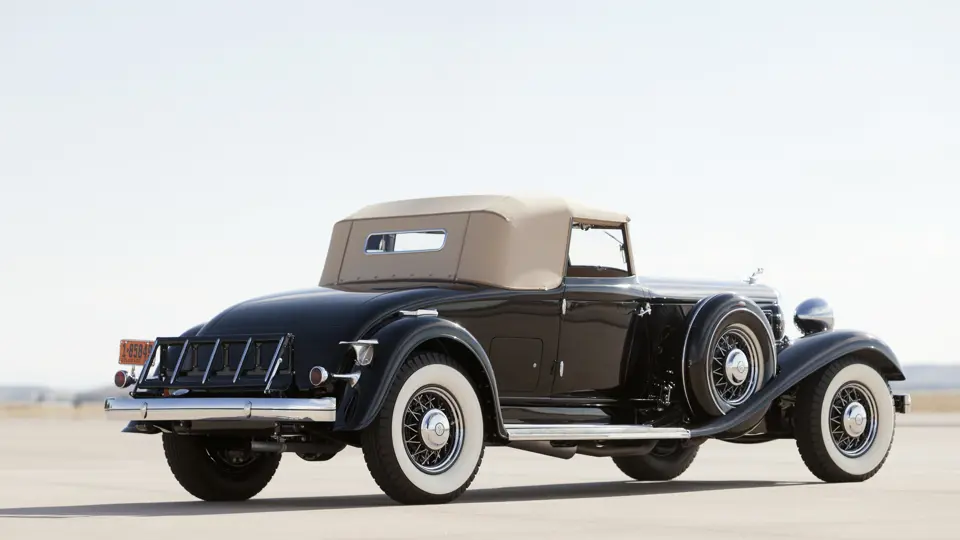



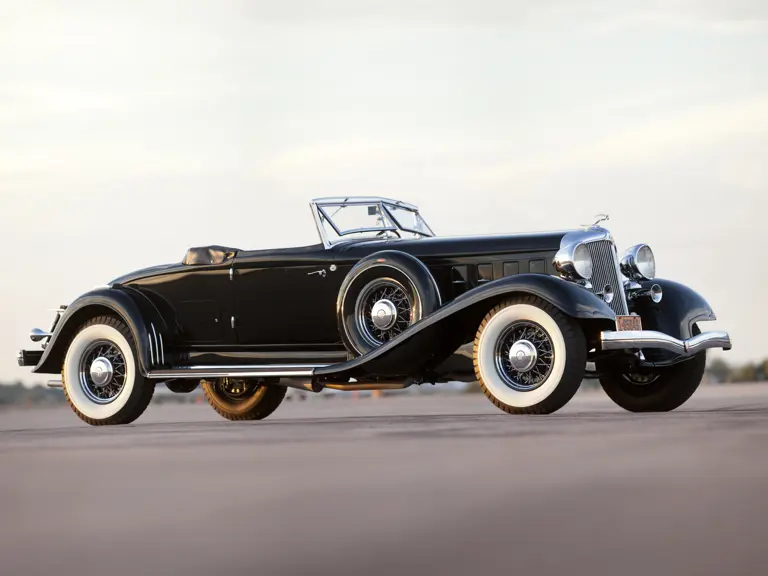
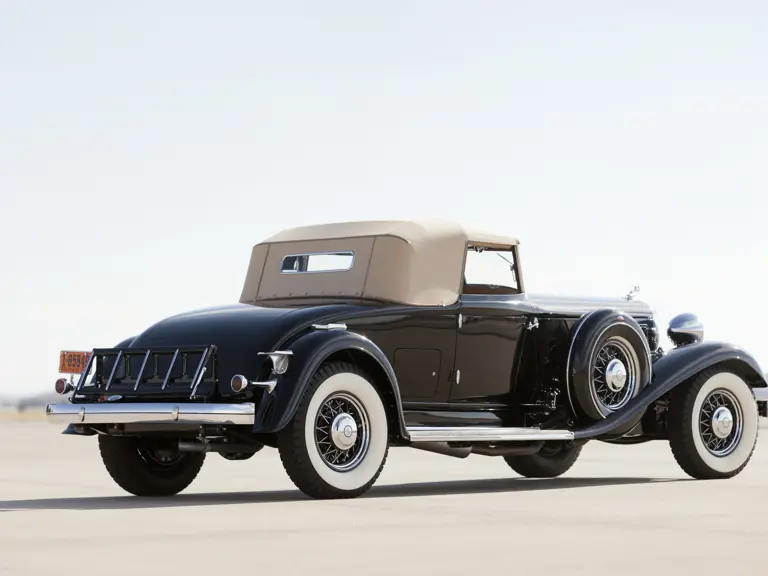
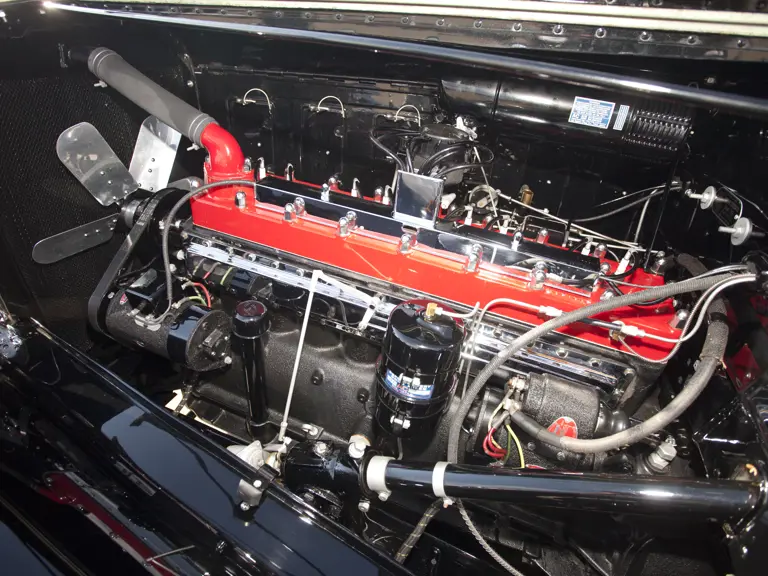
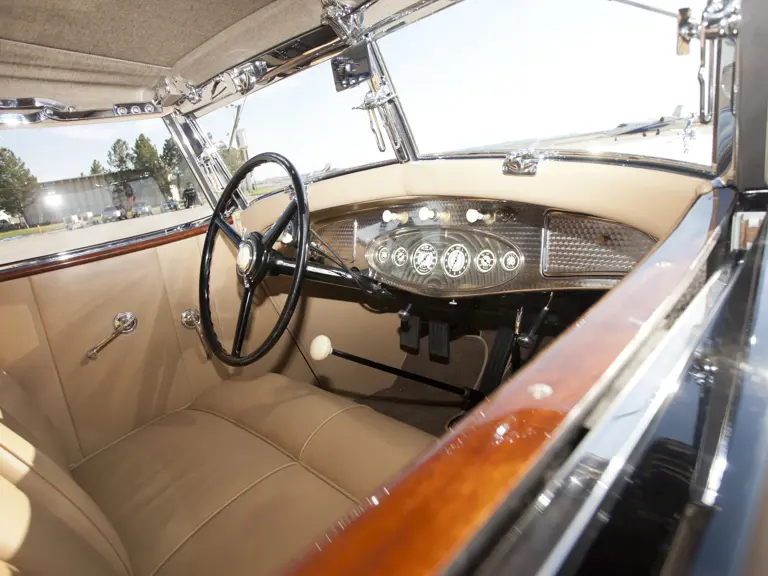
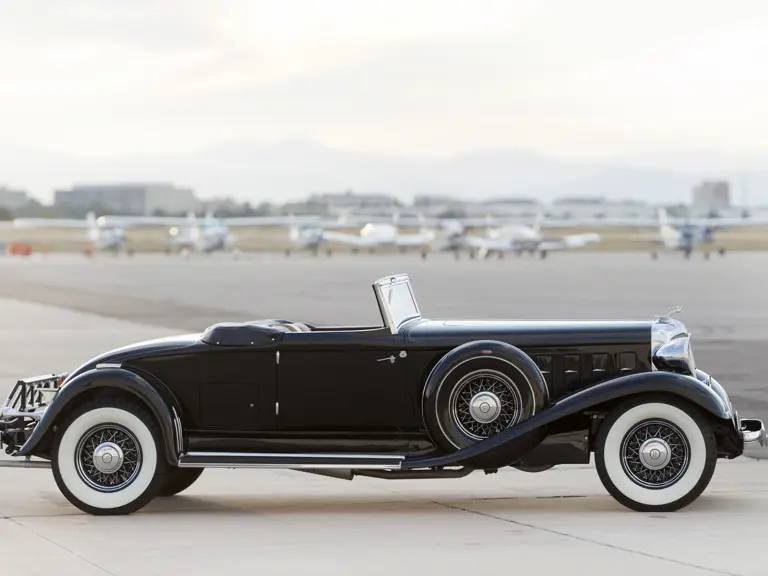
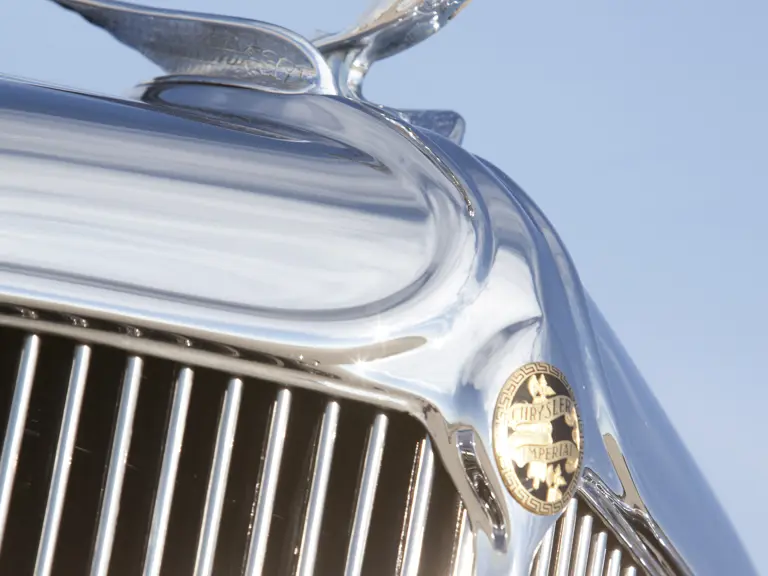
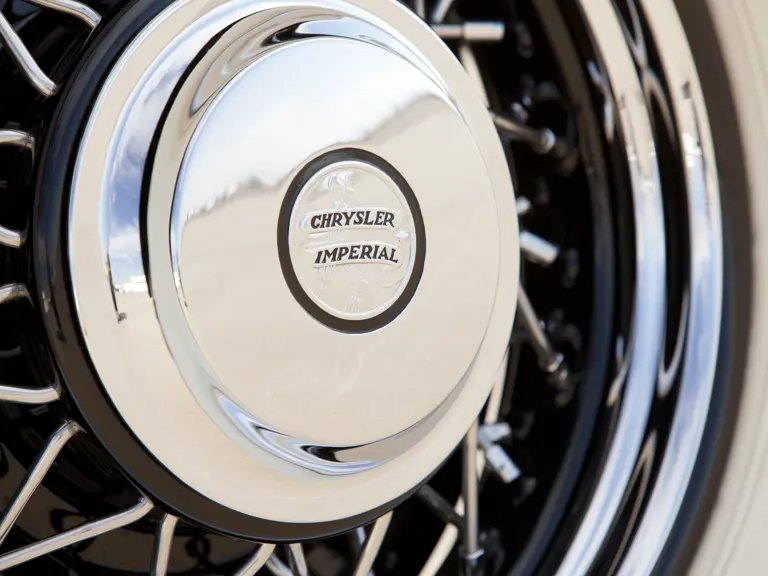




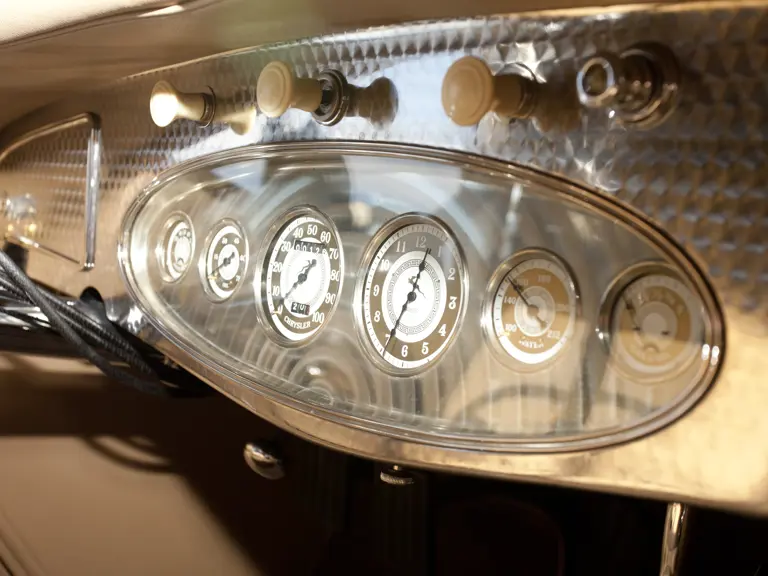
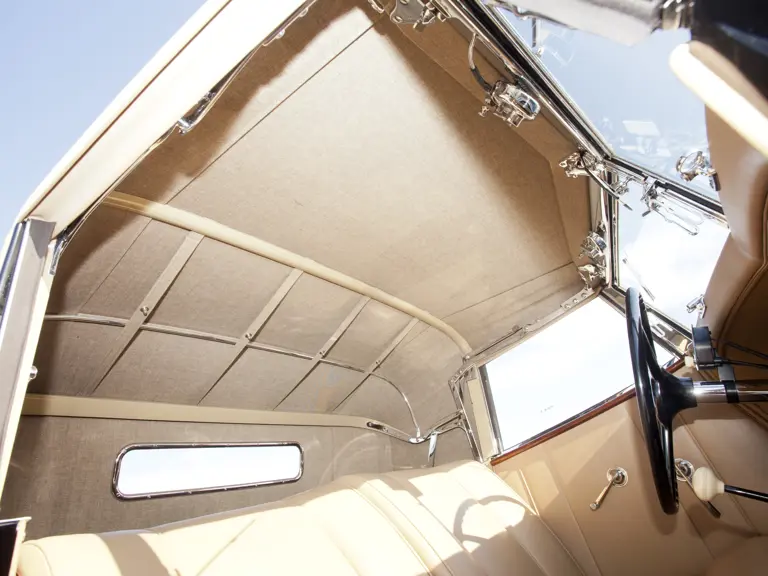

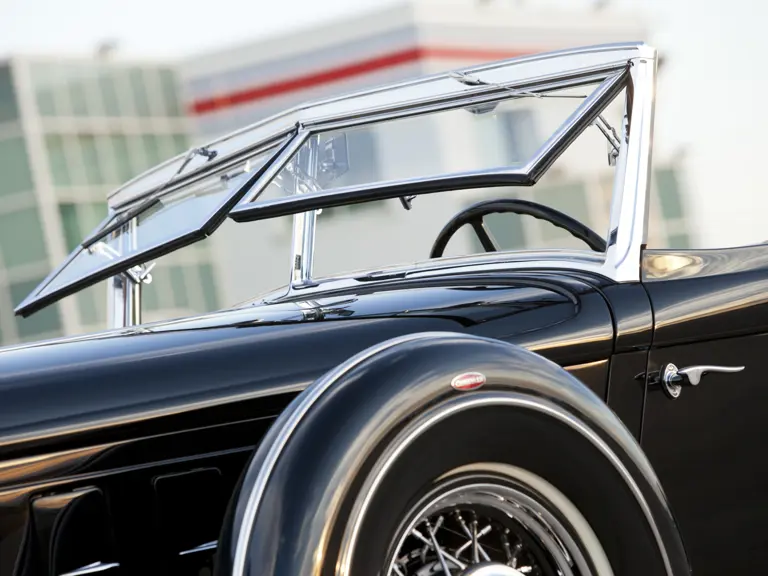

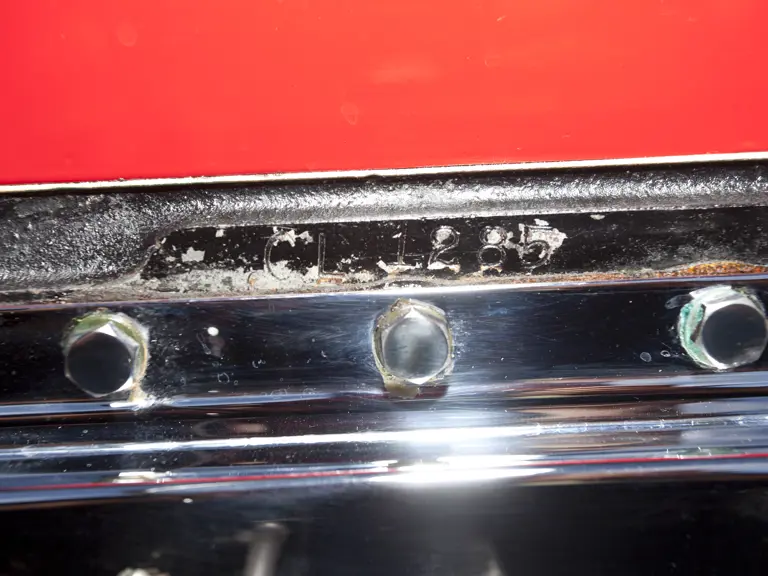
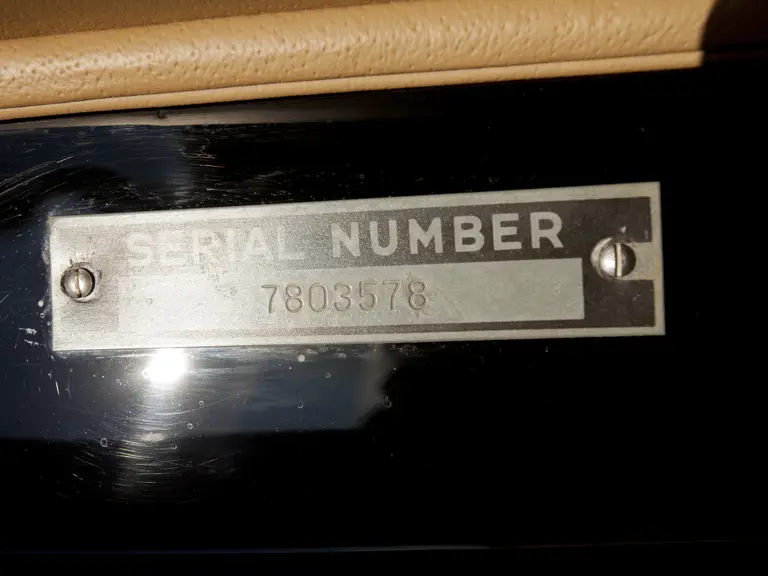
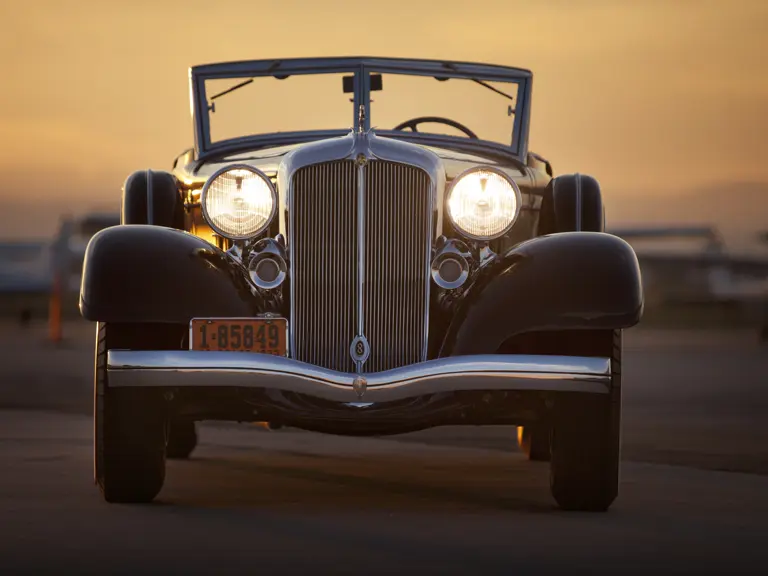
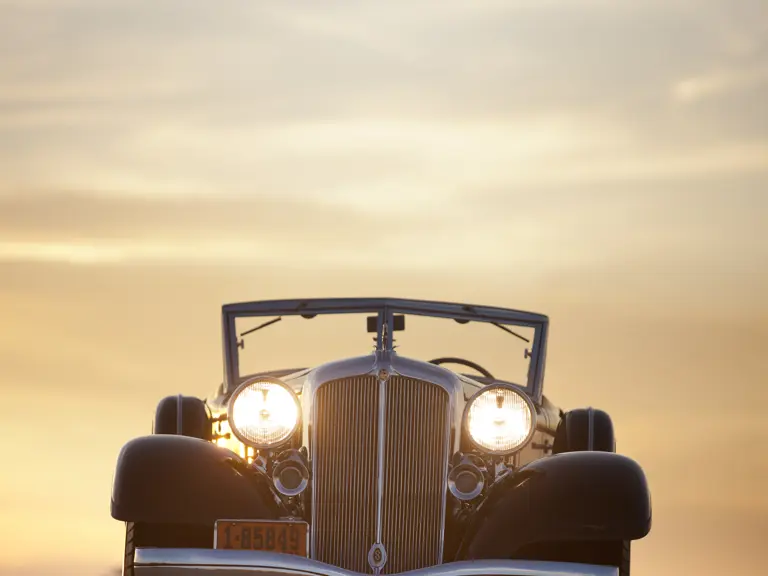
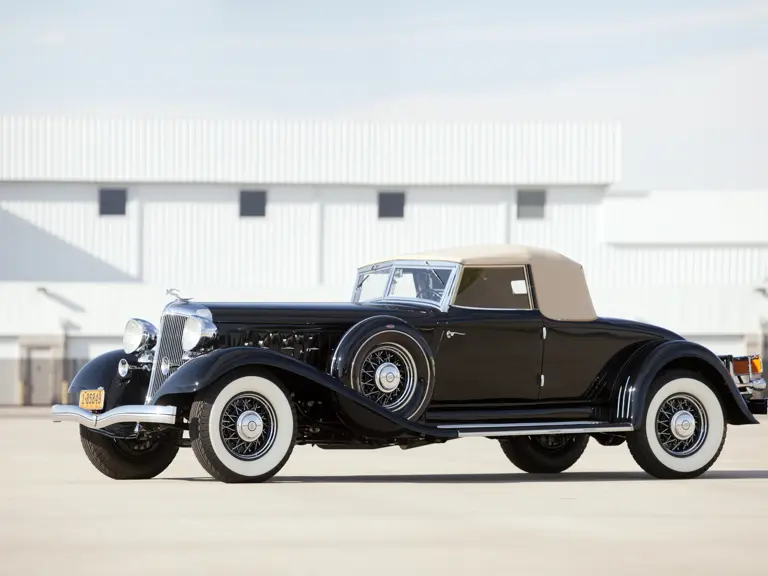



 | Phoenix, Arizona
| Phoenix, Arizona


